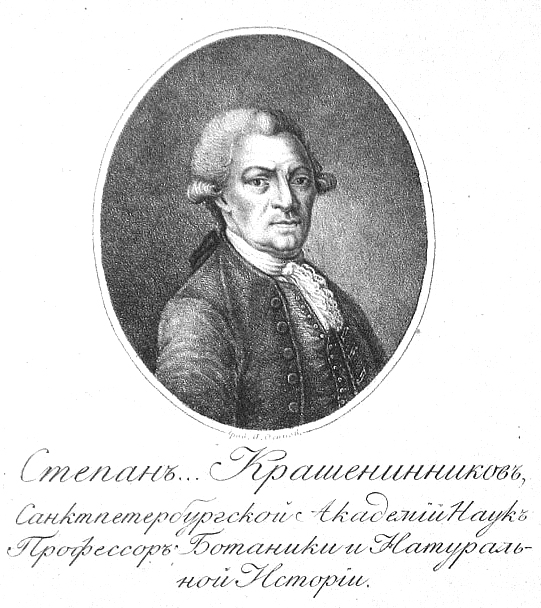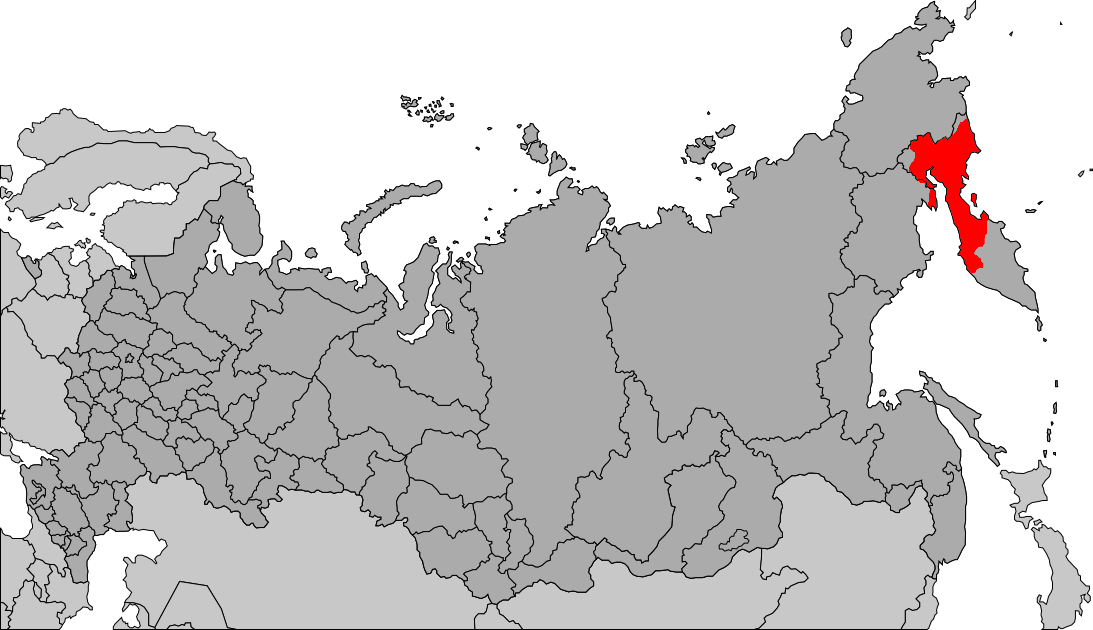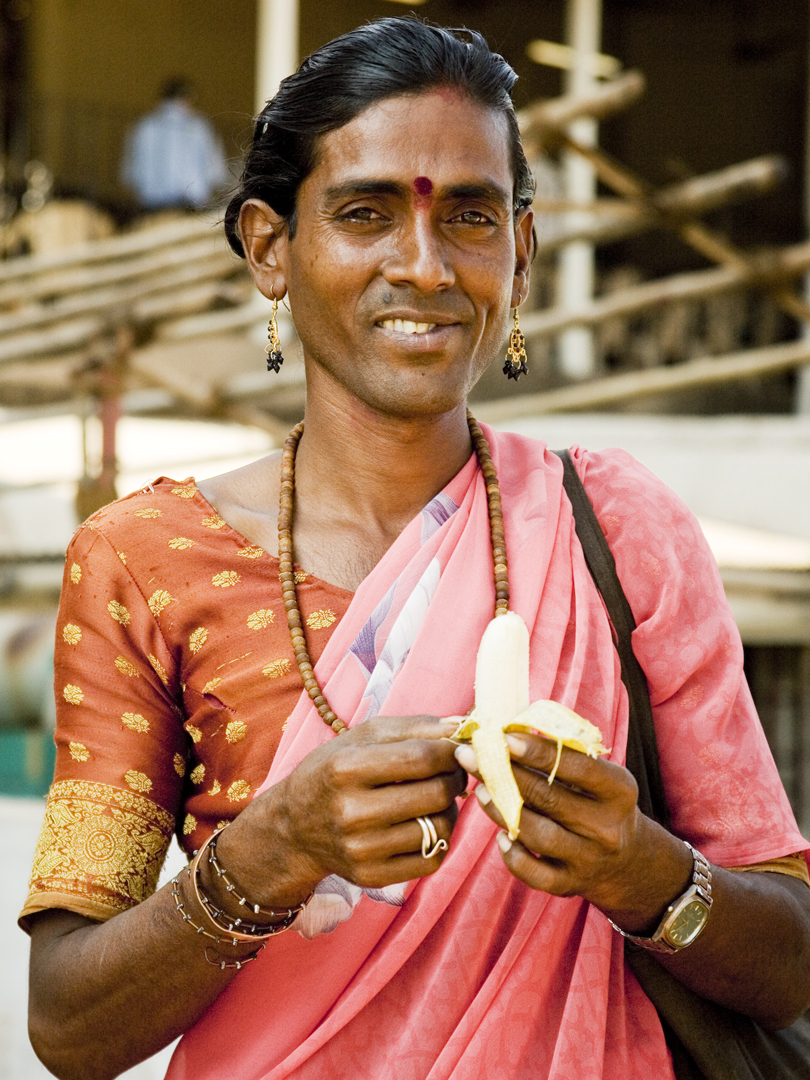|
Koekchuch
Koekchuch is an extinct gender identity recorded among the Itelmens of Siberia. These were male assigned at birth individuals who behaved as women did, and were recorded in the late 18th century and early 19th century. The Russian researcher of Siberia and Kamchatka, Stepan Krasheninnikov, in his “Description of the Land of Kamchatka” (''Описании земли Камчатки'') describes Koekchuch as “people of the transformed sex” () - a special category of men who “go in women’s dresses, do all the women’s work and don't socialize with men” (). According to Krasheninnikov’s description, the Koekchuch also served as concubines. Krasheninnikov notes similar phenomena not only among the Itelmens, but also among the Koryaks Koryaks () are an indigenous people of the Russian Far East, who live immediately north of the Kamchatka Peninsula in Kamchatka Krai and inhabit the coastlands of the Bering Sea. The cultural borders of the Koryaks include Tigilsk ... [...More Info...] [...Related Items...] OR: [Wikipedia] [Google] [Baidu] |
Itelmens
The Itelmens (Itelmen: Итәнмән, russian: Ительмены) are an indigenous ethnic group of the Kamchatka Peninsula in Russia. The Itelmen language is distantly related to Chukchi and Koryak, forming the Chukotko-Kamchatkan language family, but it is now virtually extinct, the vast majority of ethnic Itelmens being native speakers of Russian. A. P. Volodin has published a grammar of the Itelmen language. Native peoples of Kamchatka (Itelmen, Ainu, Koryaks, and Chuvans), collectively referred to as Kamchadals, had a substantial hunter-gatherer and fishing society with up to fifty thousand natives inhabiting the peninsula before they were decimated by the Cossack conquest in the 18th century. So much intermarriage took place between the natives and the Cossacks that ''Kamchadal'' now refers to the majority mixed population, while the term ''Itelmens'' became reserved for persistent speakers of the Itelmen language. By 1993, there were less than 100 elderly speakers ... [...More Info...] [...Related Items...] OR: [Wikipedia] [Google] [Baidu] |
Gender Identity
Gender identity is the personal sense of one's own gender. Gender identity can correlate with a person's assigned sex or can differ from it. In most individuals, the various biological determinants of sex are congruent, and consistent with the individual's gender identity. Gender expression typically reflects a person's gender identity, but this is not always the case. While a person may express behaviors, attitudes, and appearances consistent with a particular gender role, such expression may not necessarily reflect their gender identity. The term ''gender identity'' was coined by psychiatry professor Robert J. Stoller in 1964 and popularized by psychologist John Money. In most societies, there is a basic division between gender attributes assigned to males and females, a gender binary to which most people adhere and which includes expectations of masculinity and femininity in all aspects of sex and gender: biological sex, gender identity, and gender expression. Some people do ... [...More Info...] [...Related Items...] OR: [Wikipedia] [Google] [Baidu] |
Siberia
Siberia ( ; rus, Сибирь, r=Sibir', p=sʲɪˈbʲirʲ, a=Ru-Сибирь.ogg) is an extensive geographical region, constituting all of North Asia, from the Ural Mountains in the west to the Pacific Ocean in the east. It has been a part of Russia since the latter half of the 16th century, after the Russians conquered lands east of the Ural Mountains. Siberia is vast and sparsely populated, covering an area of over , but home to merely one-fifth of Russia's population. Novosibirsk, Krasnoyarsk and Omsk are the largest cities in the region. Because Siberia is a geographic and historic region and not a political entity, there is no single precise definition of its territorial borders. Traditionally, Siberia extends eastwards from the Ural Mountains to the Pacific Ocean, and includes most of the drainage basin of the Arctic Ocean. The river Yenisey divides Siberia into two parts, Western and Eastern. Siberia stretches southwards from the Arctic Ocean to the hills of north-ce ... [...More Info...] [...Related Items...] OR: [Wikipedia] [Google] [Baidu] |
Sex Assignment
Sex assignment (sometimes known as gender assignment) is the discernment of an infant's sex at or before birth. A relative, midwife, nurse or physician inspects the external genitalia when the baby is delivered and, in more than 99.95% of births, sex is assigned without ambiguity. Assignment may also be done prior to birth through prenatal sex discernment. The sex assignment at or before birth usually aligns with a child's anatomical sex and phenotype. The number of births where the baby is intersex—where they do not fit into typical definitions of male and female at birth—has been reported to be as low as 0.018%, but is often estimated at around 0.2%. The number of births with ambiguous genitals is in the range of 0.02% to 0.05%. These conditions may complicate sex assignment. Other intersex conditions involve atypical chromosomes, gonads or hormones. Reinforcing sex assignments through surgical or hormonal interventions is often considered to violate the individual's huma ... [...More Info...] [...Related Items...] OR: [Wikipedia] [Google] [Baidu] |
Stepan Krasheninnikov
Stepan Petrovich Krasheninnikov (russian: Степа́н Петро́вич Крашени́нников; – ) was a Russian explorer of Siberia, naturalist and geographer who gave the first full description of Kamchatka in the early 18th century. He was elected to the Russian Academy of Sciences in 1745. The Krasheninnikov Volcano on Kamchatka is named in his honour. Early life Krasheninnikov was educated in the Slavic Greek Latin Academy of Moscow (1724–32), where Lomonosov was his class-mate. As part of Vitus Bering’s extensive preparations for the Second Kamchatka Expedition, 12 students from the academy were selected as potential student interns or assistants for the professors – Krasheninnikov being one of them. Thus, he furthered his education in St Petersburg before embarking upon the Second Kamchatka Expedition (1731–42). The Second Kamchatka Expedition Krasheninnikov was to study plants, animals and minerals, but in addition he developed a strong interes ... [...More Info...] [...Related Items...] OR: [Wikipedia] [Google] [Baidu] |
Concubinage
Concubinage is an interpersonal and sexual relationship between a man and a woman in which the couple does not want, or cannot enter into a full marriage. Concubinage and marriage are often regarded as similar but mutually exclusive. Concubinage was a formal and institutionalized practice in China until the 20th century that upheld concubines' rights and obligations. A concubine could be freeborn or of slave origin, and their experience could vary tremendously according to their masters' whim. During the Mongol conquests, both foreign royals and captured women were taken as concubines. Concubinage was also common in Meiji Japan as a status symbol, and in Indian society, where the intermingling of castes and religions was frowned upon and a taboo, and concubinage could be practiced with women with whom marriage was considered undesirable, such as those from a lower caste and Muslim women who wouldn't be accepted in a Hindu household and Hindu women who wouldn't be accepted in a ... [...More Info...] [...Related Items...] OR: [Wikipedia] [Google] [Baidu] |
Koryaks
Koryaks () are an indigenous people of the Russian Far East, who live immediately north of the Kamchatka Peninsula in Kamchatka Krai and inhabit the coastlands of the Bering Sea. The cultural borders of the Koryaks include Tigilsk in the south and the Anadyr basin in the north. The Koryaks are culturally similar to the Chukchis of extreme northeast Siberia. The Koryak language and Alutor (which is often regarded as a dialect of Koryak), are linguistically close to the Chukchi language. All of these languages are members of the Chukotko-Kamchatkan language family. They are more distantly related to the Itelmens on the Kamchatka Peninsula. All of these peoples and other, unrelated minorities in and around Kamchatka are known collectively as Kamchadals. Neighbors of the Koryaks include the Evens to the west, the Alutor to the south (on the isthmus of Kamchatka Peninsula), the Kerek to the east, and the Chukchi to the northeast. The Koryak are typically split into two groups ... [...More Info...] [...Related Items...] OR: [Wikipedia] [Google] [Baidu] |
LGBT In Russia
LGBT in Russia may refer to: * LGBT rights in Russia * LGBT history in Russia * LGBT culture in Russia Although life in modern Russia allows many more liberties for gay men and lesbians than it did before the fall of communism, unofficial discrimination and fear are still rampant. "It would be foolish to interpret some new freedoms as tolerance, ... See also * LGBT by country {{Dab ... [...More Info...] [...Related Items...] OR: [Wikipedia] [Google] [Baidu] |
Gender In Asia
Gender is the range of characteristics pertaining to femininity and masculinity and differentiating between them. Depending on the context, this may include sex-based social structures (i.e. gender roles) and gender identity. Most cultures use a gender binary, in which gender is divided into two categories, and people are considered part of one or the other (boys/men and girls/women);Kevin L. Nadal, ''The SAGE Encyclopedia of Psychology and Gender'' (2017, ), page 401: "Most cultures currently construct their societies based on the understanding of gender binary—the two gender categorizations (male and female). Such societies divide their population based on biological sex assigned to individuals at birth to begin the process of gender socialization." those who are outside these groups may fall under the umbrella term ''non-binary''. Some societies have specific genders besides "man" and "woman", such as the hijras of South Asia; these are often referred to as ''third gender ... [...More Info...] [...Related Items...] OR: [Wikipedia] [Google] [Baidu] |
Gender Systems
Gender systems are the social structures that establish the number of genders and their associated gender roles in every society. A ''gender role'' is "everything that a person says and does to indicate to others or to the self the degree that one is either male, female, or androgynous. This includes but is not limited to sexual and erotic arousal and response."Nanda, Serena. Neither Man nor Woman: the Hijras of India. Belmont, CA: Wadsworth Pub., 1990. Print. Gender identity is one's own personal experience with gender role and the persistence of one's individuality as male, female, or androgynous, especially in self-awareness and behavior. A gender binary is one example of a gender system. Gender binary Gender binary is the classification of sex and gender into two distinct, opposite, and disconnected forms of masculine and feminine. Gender binary is one general type of a gender system. Sometimes in this binary model, "sex", "gender" and "sexuality" are assumed by default to ... [...More Info...] [...Related Items...] OR: [Wikipedia] [Google] [Baidu] |
History Of Siberia
The early history of Siberia was greatly influenced by the sophisticated nomadic civilizations of the Scythians ( Pazyryk) on the west of the Ural Mountains and Xiongnu ( Noin-Ula) on the east of the Urals, both flourishing before the Christian era. The steppes of Siberia were occupied by a succession of nomadic peoples, including the Khitan people, various Turkic peoples, and the Mongol Empire. In the Late Middle Ages, Tibetan Buddhism spread into the areas south of Lake Baikal. During the Russian Empire, Siberia was chiefly developed as an agricultural province. The government also used it as a place of exile, sending Avvakum, Dostoevsky, and the Decemberists, among others, to work camps in the region. During the 19th century, the Trans-Siberian Railway was constructed, supporting industrialization. This was also aided by discovery and exploitation of vast reserves of Siberian mineral resources. Prehistory and antiquity According to the field of genetic genealogy, people f ... [...More Info...] [...Related Items...] OR: [Wikipedia] [Google] [Baidu] |
18th Century In LGBT History
18 (eighteen) is the natural number following 17 and preceding 19. In mathematics * Eighteen is a composite number, its divisors being 1, 2, 3, 6 and 9. Three of these divisors (3, 6 and 9) add up to 18, hence 18 is a semiperfect number. Eighteen is the first inverted square-prime of the form ''p''·''q''2. * In base ten, it is a Harshad number. * It is an abundant number, as the sum of its proper divisors is greater than itself (1+2+3+6+9 = 21). It is known to be a solitary number, despite not being coprime to this sum. * It is the number of one-sided pentominoes. * It is the only number where the sum of its written digits in base 10 (1+8 = 9) is equal to half of itself (18/2 = 9). * It is a Fine number. In science Chemistry * Eighteen is the atomic number of argon. * Group 18 of the periodic table is called the noble gases. * The 18-electron rule is a rule of thumb in transition metal chemistry for characterising and predicting the stability of metal complexes. In re ... [...More Info...] [...Related Items...] OR: [Wikipedia] [Google] [Baidu] |





